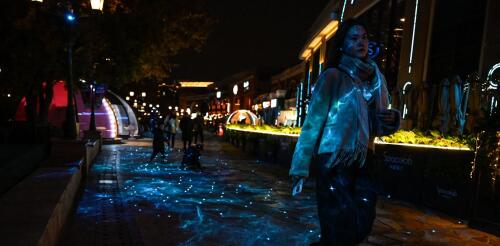Shopping malls
On a recent research trip to China, I wandered through the Oasis Mall in suburban Shanghai. Like many Chinese shopping centers, this complex was filled with empty stores that reflected the end of China’s 30-year-long economic expansion. But there also were surprises. Along a stretch of the mall’s interior walkway, a cluster of parents and grandparents sat on chairs. They were looking through a plate glass window, watching a dozen 5- to 7-year-old girls practice ballet steps, carefully following their teacher’s choreography. A space initially designed for retail had been turned into a dance studio. From 1990 through 2020, large, shiny shopping malls embodied China’s spectacular economic growth. They sprouted in cities large and small to meet consumer demand from an emerging middle class that was keen to express its newfound affluence. These centers look familiar to American eyes, which isn’t surprising: U.S. architectural firms built 170 malls in Ch...
